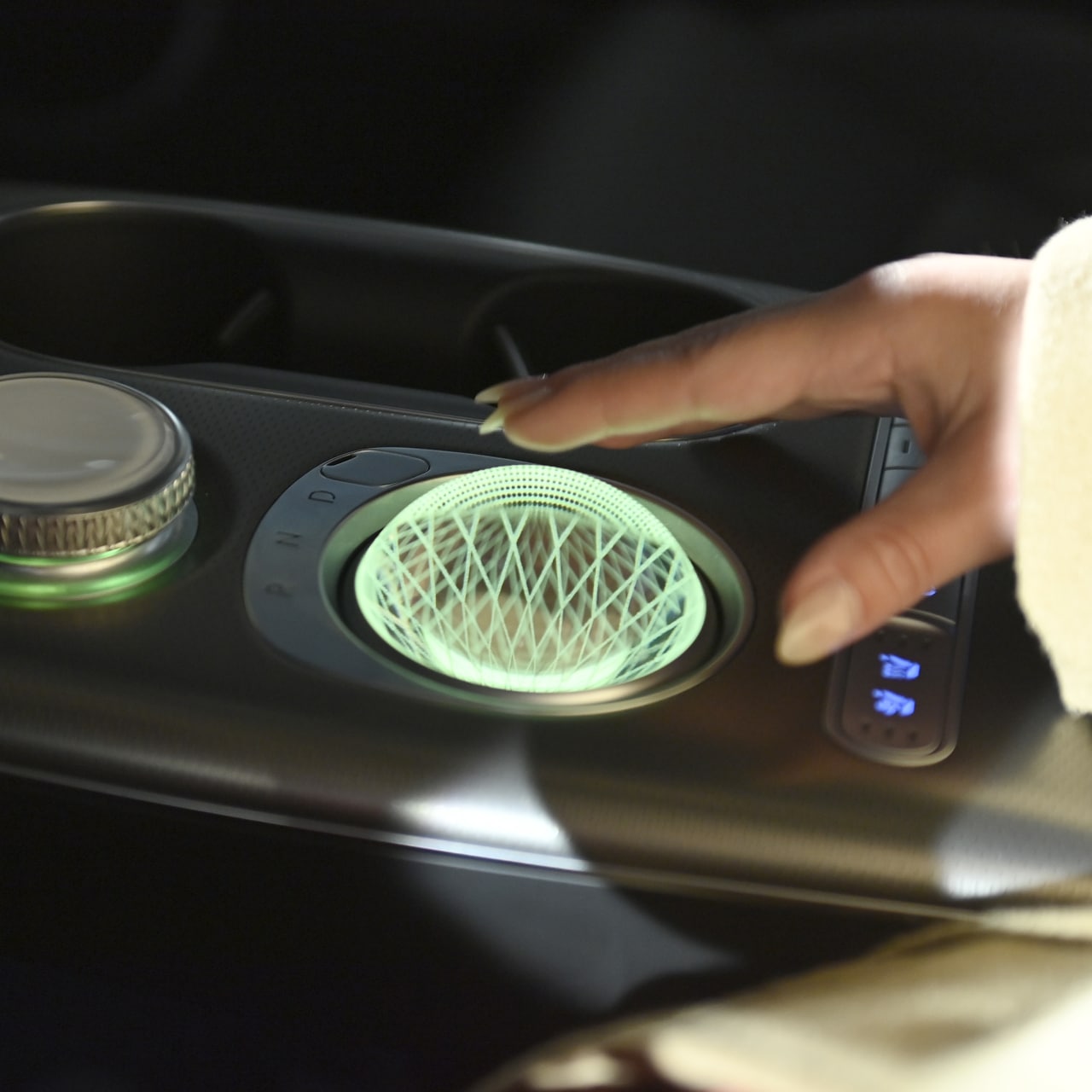
Sean O’Malley has driven hundreds of cars during his nearly four-decade career as a vehicle tester. But one day a couple of years ago he found himself in the seat of a Hyundai at a loss over how to get the car to move.
O’Malley, senior test coordinator at the Insurance Institute for Highway Safety, and his colleagues couldn’t find the gear shifter in the Ioniq 5 sport-utility vehicle. One of them finally spotted it tucked away behind the car’s steering wheel.
“It was definitely not obvious where it was,” O’Malley said.
Car shoppers, car renters and valets feel O’Malley’s pain. A proliferation of electronic controls have allowed car engineers to largely ditch the mechanical connections between the gear lever and the transmission. Disappearing are the familiar, bulky shifters typically mounted on the steering column or center console.
“Once you eliminate that mechanical linkage, then anything goes,” said Paul Snyder, a former Ford designer who’s now chair of the College for Creative Studies’ transportation design program.
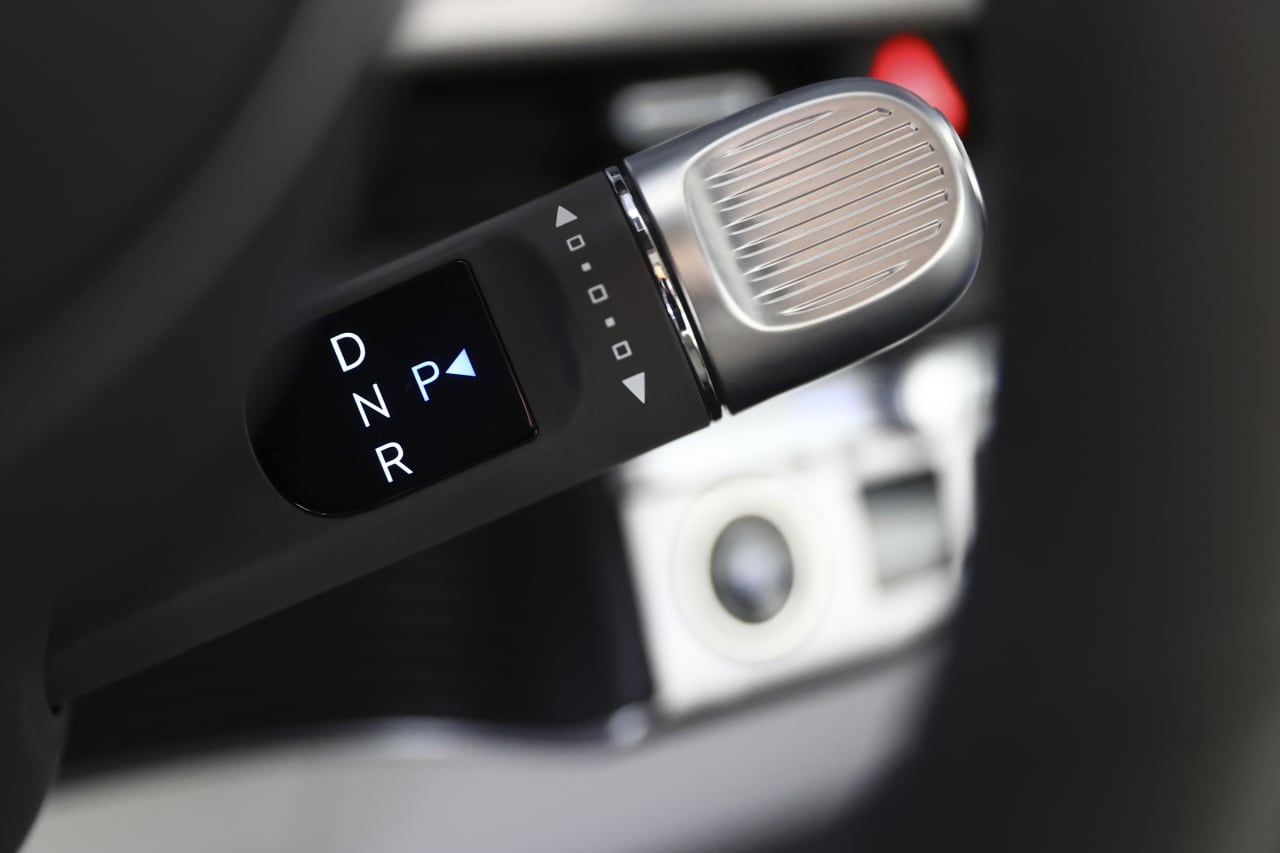
Today, many cars come outfitted with small joystick shifters, dials, buttons and even touch screen gearshifts. The smaller, more-exotic designs free up interior space for phone chargers and cupholders. They also can flummox people when they get behind the wheel of a car they’ve never driven.
On a trip to California, Linda Hoff, 65, rented a Nissan Rogue SUV that had a joystick-like gear selector. Hoff frequently rents different car brands but nonetheless couldn’t figure out how to reverse the car out of its spot.
“I didn’t even know how to drive this damn car,” she said. “So I had to go back to the rental agency and say, ‘Is there a trick here?’” She was soon on her way after a tutorial.
The Michigan resident said she understands that automakers are trying to come up with creative designs to stand out. But she said the lack of standardization complicates things.
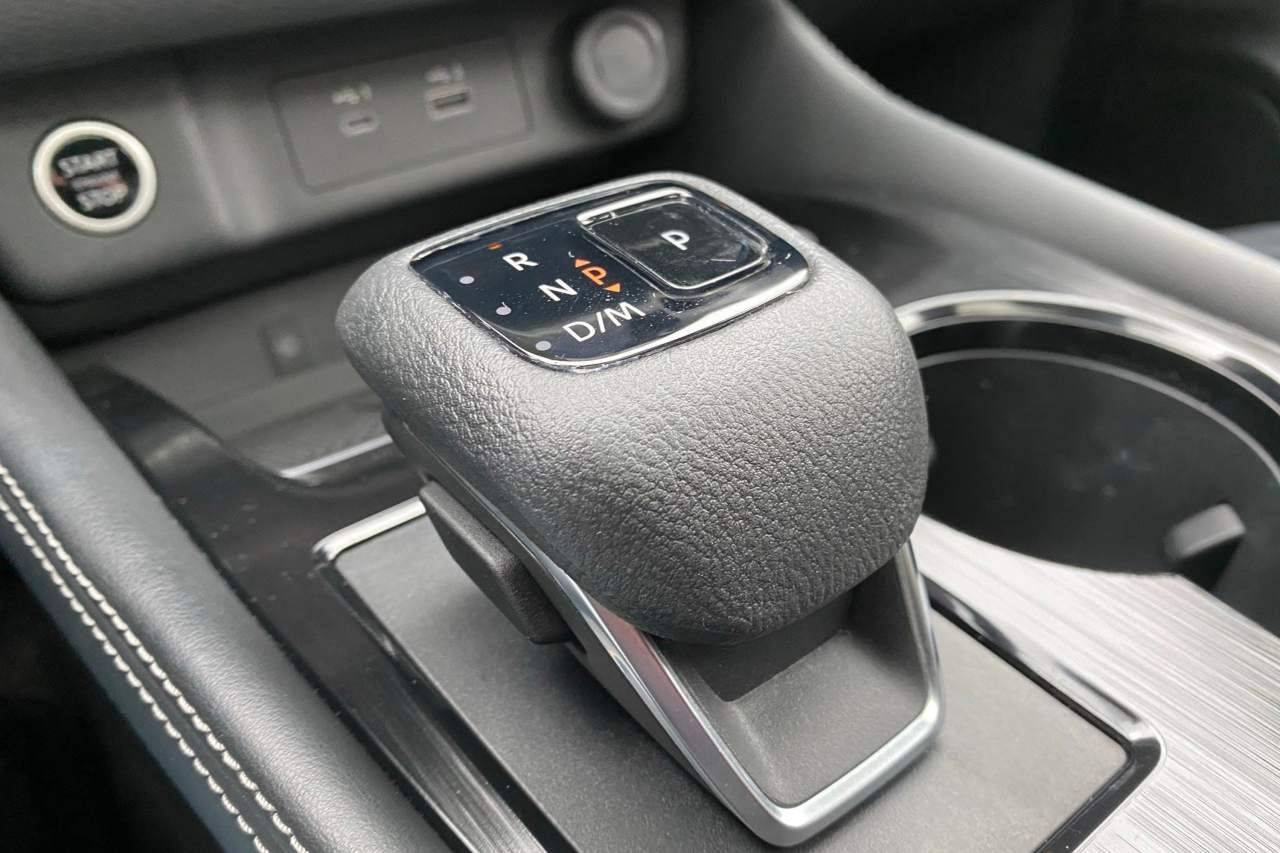
“When they’re all trying to do it and you’ve got to go out in the rental market, you’re just going nuts,” she said.
Will Clayton, a 33-year-old Greenville, S.C. resident who works in finance, frequently rents cars when he travels for work. On one such trip, he was put off by the gearshift in a Chrysler Pacifica minivan: a silver dial that he thought was placed way too close to the radio’s volume knob. He wondered whether any user had tried to turn down the volume only to end up going in reverse.
“I can’t think of any consumer push for a radical change in gear-shifters,” he said. “I’ve heard of reinventing the wheel. I have not heard of reinventing the shifter. Whose idea was this?”
Chrysler declined to comment.
Some carmakers are taking more liberties than others with the design freedoms that electronic shifters bring.
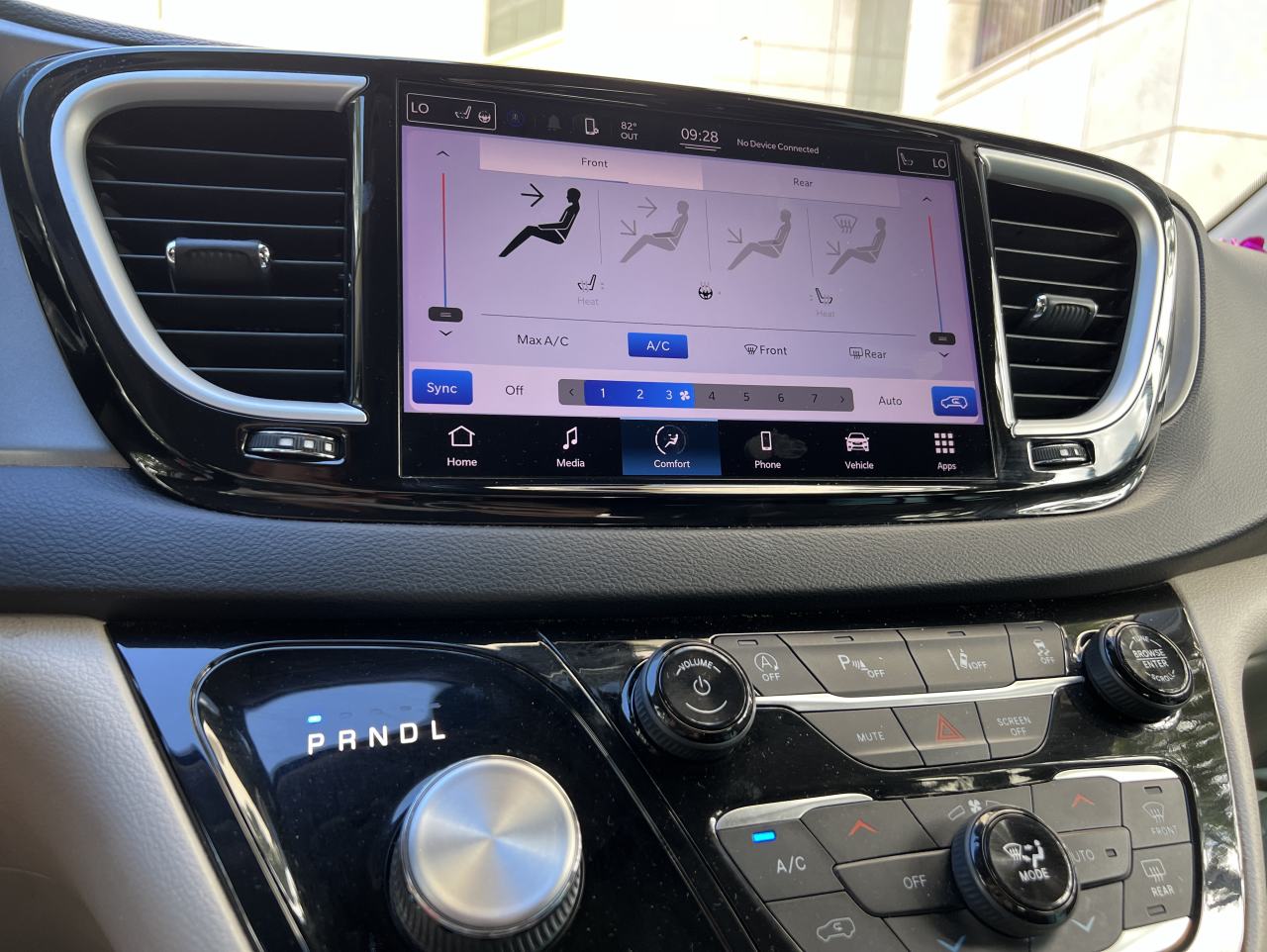
Genesis, the luxury brand owned by South Korea’s Hyundai Motor, made what the company calls the Crystal Sphere for the GV60 electric sport-utility vehicle, which the company has described as a piece of automotive art. The glass ball sits in the center console and glows when the owner approaches the car—a bit like a fancy snow globe—rotating 180 degrees upside down when the vehicle is turned on to reveal a twist-knob shifter.
Genesis’s European division last year put out a nearly four-minute video explaining how the orb works.
In a statement, Genesis said the Crystal Sphere is to “enhance safety and to create an emotional connection with the driver” upon turning the vehicle on. The absence of engine noise from the EV makes it less intuitive to know when it is ready to drive, Genesis says.
One driver said they’d put a reminder on a Post-it note to run an errand and stuck it in the console, partly touching the Crystal Sphere.
“When I turned off the car, it grabbed the paper and pulled it inside,” they wrote in an online forum last summer. “Now when I turn on or off the car, I can hear the paper. Can’t really see it anymore.”
One of the trendier configurations today are buttons located under the vehicle’s infotainment system to select gears. The concept actually dates back decades, including when Ford in the 1950s touted its “Teletouch” button-selector on the steering wheel of the Edsel.
“It puts shifting where it belongs!” one Edsel ad said.
EV maker Tesla lets owners of some models shift into park or reverse on their vehicles’ touch screens, though a set of tiny buttons can still be used when activated.
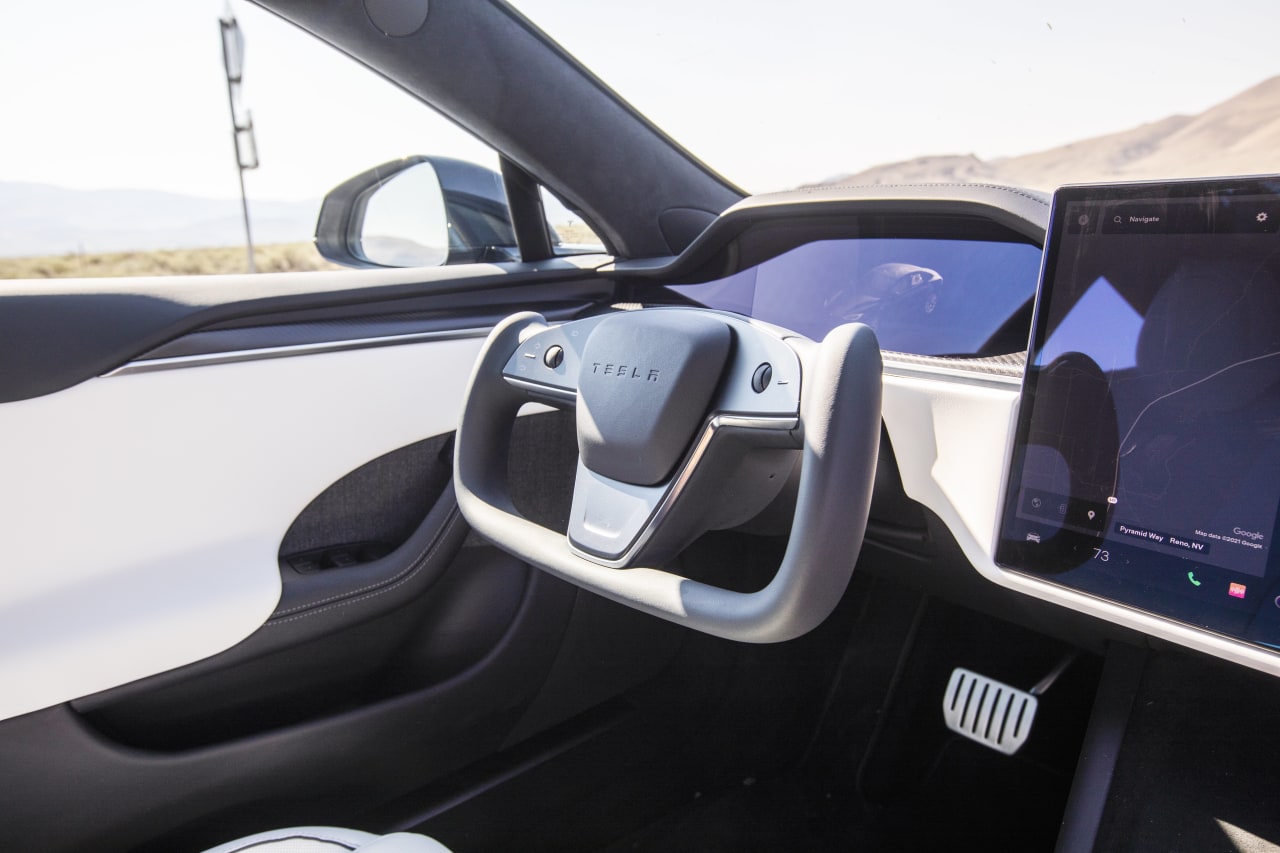
Jeff Tropeano, a 43-year-old Colorado resident, said the touch screen shifter on his Model S Plaid took some getting used to, but now he rarely thinks about it. Tropeano’s wife doesn’t have as easy of a go on the rare occasion she uses the car.
“When she gets into my car she’s like, ‘I just don’t know what to do,’” he said.
Some innovations have presented safety risks. Nearly a decade ago, federal regulators declared that a Chrysler dial shifter linked to numerous rollaways and a fatality to be “not intuitive” and increased the potential for unintended gear selection.
More recently, Consumer Reports ran into trouble with a Rivian R1S electric SUV. While driving on a highway, one tester for the magazine attempted to turn off the vehicle’s adaptive cruise control in slow traffic, but her maneuver caused the SUV to shift into reverse. Rivian said it updated software to fix the problem.
Even if the ever-expanding universe of shifters is tripping up drivers, patience is the key, said O’Malley, the IIHS tester.
“It’s all about familiarity,” he said. “Once you know where something is in your car, it’s not that stupid anymore.”
Write to Ryan Felton at ryan.felton@wsj.com and Christina Rogers at christina.rogers@wsj.com